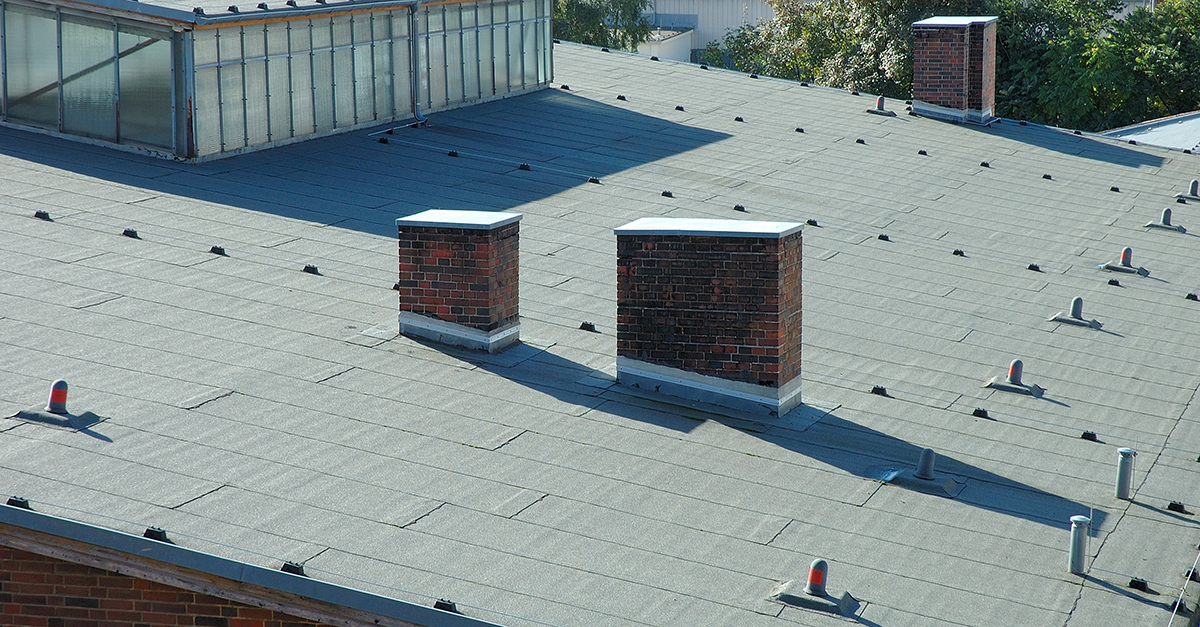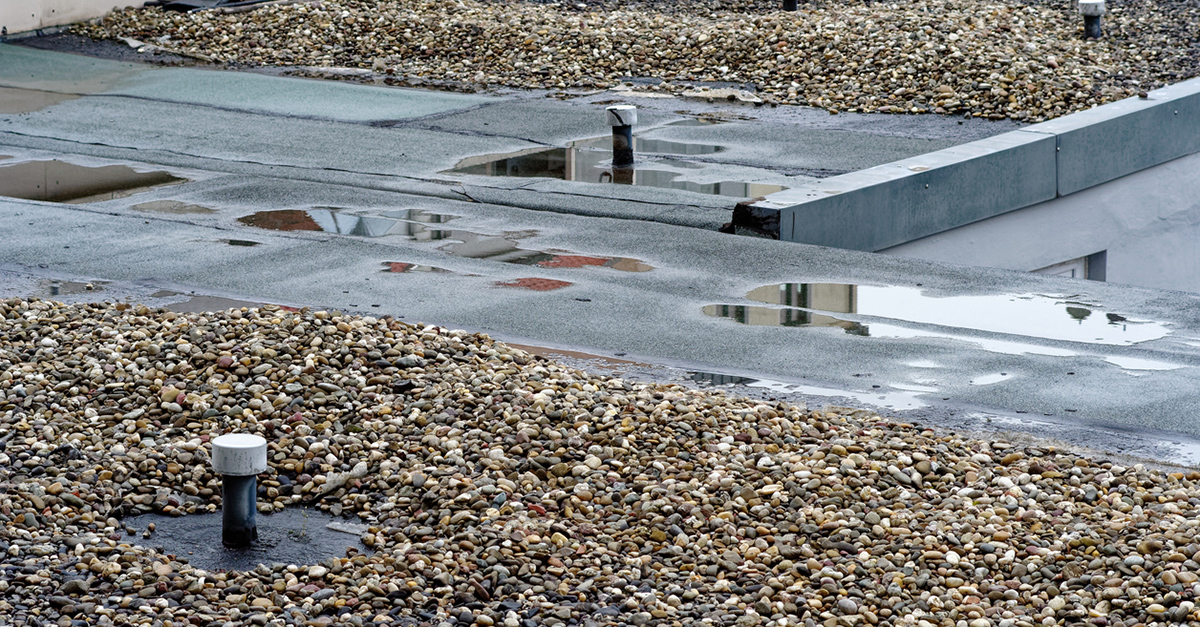Whether it’s slight discoloration on a ceiling tile or water stains extending across the ceiling of your commercial building, this issue typically stems from a leaky roof. As a building owner, you need to ensure that these leaks are being tracked down and repaired as quickly as possible. In this brief article, a commercial roofing contractor with Aderhold Roofing will discuss how small leaks can lead to big issues, including mold growth and rotted framing and sheathing.
Commercial roofing systems can experience less damage and an extended lifespan with regular inspections and timely repairs from a certified roofing contractor. To learn more about how we mitigate a commercial roof leak in Tampa, contact Aderhold Roofing.
Leaky Roofs Lead to the Presence of Mold
A roof leak combined with condensation will cause moisture buildup, which leads to mold growth. Depending on the size of the leak, this buildup can affect a small area of the roof or continue to grow throughout the entire area. Mold buildup presents a myriad of health issues, including breathing problems, allergic reactions, and serious health conditions for individuals with pre-existing conditions.
To remove mold from your roof, the leak must be identified and repaired. It’s best to have a licensed roofing contractor perform this task as they will mitigate the leak without damaging the roofing system. After the leak is identified and repaired, mold growth should be killed with a fungicide. The attic should then be dried out and mold staining can be performed.
Related: Why You Should Repair Your Roof Before the Rainy Season Hits
Rotted Framing and Sheathing
With time, framing and sheathing will deteriorate, delaminate, and rot. When there’s a leak in a roof system, this process will only accelerate. There’s no exact lifespan you can put on the framing and sheathing of a roof system, but if wood gets wet and stays wet for too long, it will begin to decay. Unfortunately, if you see evidence of water intrusion in your commercial building, water damage is already an issue.
To fix this issue, you will need to discover the source of the water and create a drainage system that moves the water away from the structure. After the framing has dried out, a roofing contractor can assess the damage to the framing and sheathing and determine needed repairs. In most cases, the compromised framing and sheathing will need to be removed and replaced with new pieces. A licensed roofing contractor will assess the structural integrity of the roof and determine what areas of the framing can be safely removed. After replacing or repairing the damaged framing, a roofing contractor will add a new sheathing wrap and siding to add additional protection to the roof system.
A Commercial Roofing Contractor Can Address Any Leak
There are a variety of other issues that can arise due to a roof leak, including insulation damage, flooring damage, and a damaged ceiling. Whether your roof is just beginning to show the signs of a leak (discoloration, stains, mold or mildew presence) or your commercial building is experiencing foundation problems as a result of water intrusion, any type of leak in a roof should be considered an urgent issue that requires the attention of a certified commercial roofing contractor with Aderhold Roofing.
To speak with a professional that can prevent roof leaks in Tampa, or to schedule a consultation, please submit our contact request form.
Disclaimer: The information contained in this article is for general educational information only and is not intended to be a substitute for professional counsel.



